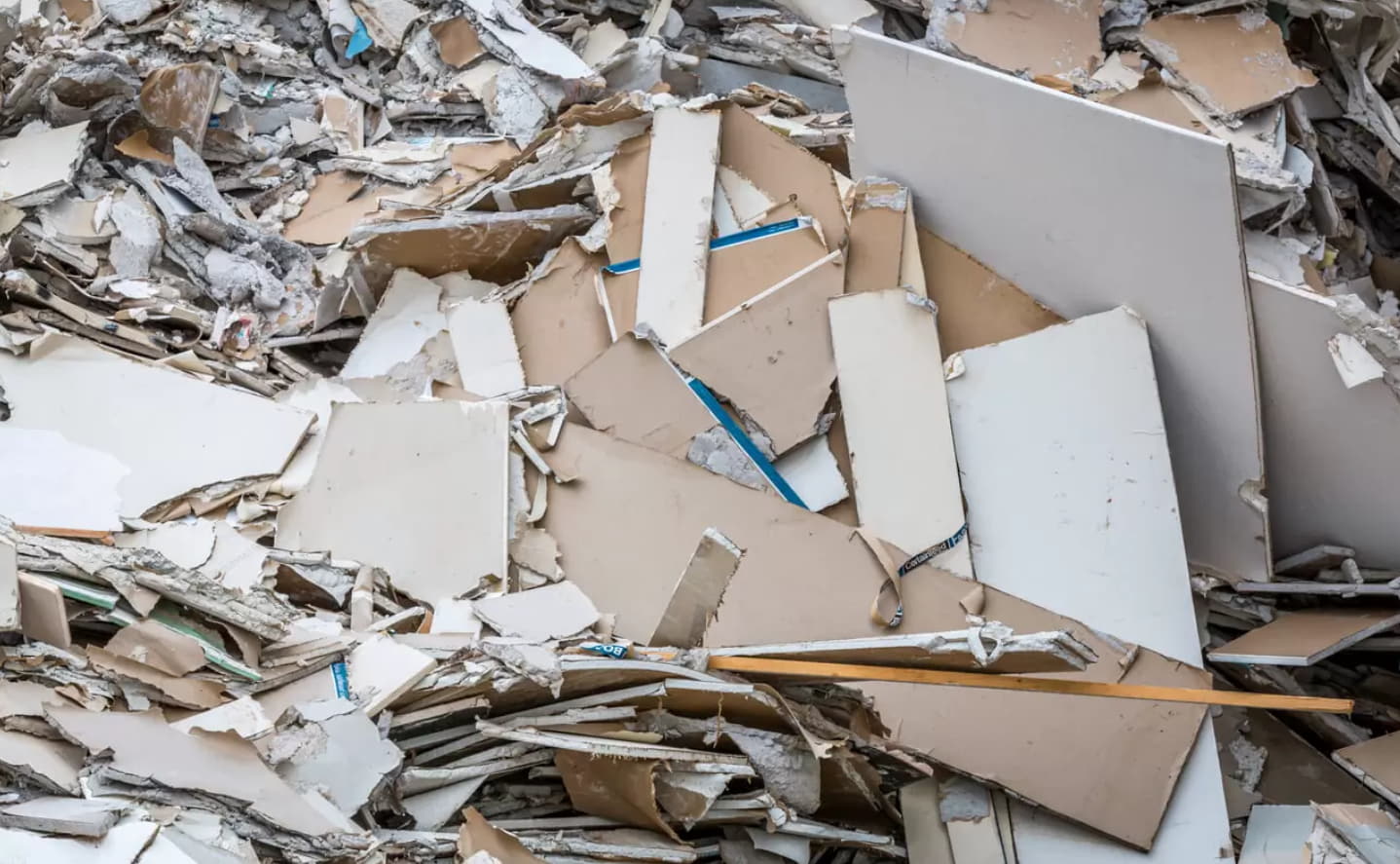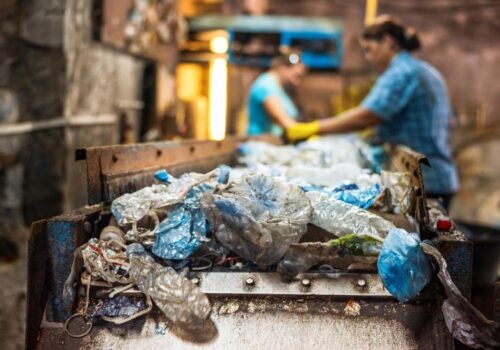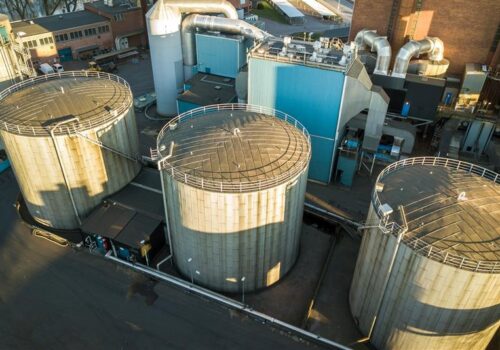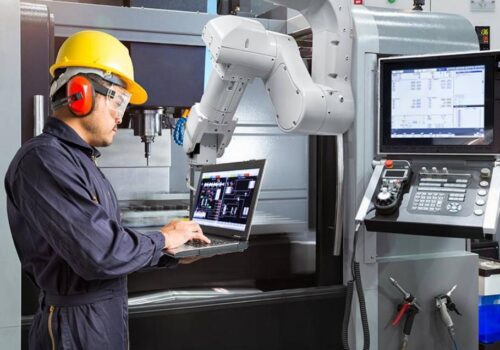Gypsum Waste Disposal Revolution: Eco-Forward Strategies for a Greener Tomorrow
In an era where environmental sustainability takes precedence, industries are progressively seeking innovative solutions to manage their waste. One such waste stream that demands attention is gypsum waste.
With its ever-increasing production due to construction and manufacturing activities, finding eco-forward strategies for the disposal of gypsum wastes has become imperative for shaping a greener tomorrow.
This article delves into pioneering methods and approaches that are revolutionising the disposal of gypsum waste while upholding ecological consciousness.
1. Repurposing Gypsum Waste: A Circular Economy Approach
The circular economy paradigm emphasises the repurposing of waste as resources, and gypsum is no exception. Industries are discovering creative ways to repurpose gypsum waste, transforming it into valuable products.
From using it as a soil conditioner to enhance agricultural productivity to incorporating it into the manufacturing of cement, this approach not only reduces landfill burden but also conserves natural resources.
By reimagining it as a valuable input rather than a discard, businesses are not only managing their waste responsibly but also contributing to sustainable production systems.
2. Advanced Recycling Technologies: Closing the Loop
Cutting-edge recycling technologies are emerging as game-changers in gypsum waste management. Innovative processes enable the separation of gypsum from other materials, ensuring a high purity level suitable for recycling.
This high-quality recycled product finds application in new plasterboard production, reducing the need for virgin resources and lowering carbon emissions associated with traditional production methods.
These technologies not only address the disposal aspect but also align with the broader goal of resource efficiency, driving the industry toward a more sustainable future.
3. Gypsum-to-Energy Conversion: Powering Sustainable Practices
One of the most exciting breakthroughs is the conversion of its waste into energy. Through sophisticated processes like gasification. Its waste can be used to generate heat and electricity.
This not only provides an alternative energy source but also diminishes the environmental impact of landfill disposal and fossil fuel consumption. By harnessing the energy potential of the waste, industries can contribute to a circular energy economy and reduce their carbon footprint simultaneously.
4. Collaborative Initiatives: Industry Partnerships
This waste disposal requires a collective effort. Industry players are forming partnerships to develop comprehensive waste management solutions. Collaborative initiatives enable the sharing of best practices, technological advancements, and research findings, accelerating the adoption of eco-forward strategies on a larger scale.
These partnerships foster a sense of shared responsibility and encourage the exchange of knowledge, ultimately driving the innovation needed to overcome the challenges associated with waste disposal.
5. Regulatory Incentives: Fostering Sustainable Practices
Governments and regulatory bodies are recognizing the urgency of gypsum waste management and are incentivizing sustainable practices. By offering tax breaks, subsidies, and grants to businesses that implement innovative waste disposal methods.
These authorities are encouraging industries to invest in greener solutions and contribute to a circular economy. Such incentives not only alleviate the financial burden associated with adopting new technologies but also create a conducive environment for sustainable practices to thrive.
Conclusion
The gypsum waste disposal landscape is undergoing a remarkable transformation, fueled by the imperative of environmental responsibility. Repurposing waste through a circular economy approach, harnessing advanced recycling technologies, converting gypsum waste into energy, fostering collaborative initiatives, and leveraging regulatory incentives are just a few ways the industry is making strides towards a greener tomorrow.
By integrating these strategies into their operations, businesses can not only mitigate their environmental footprint but also demonstrate their commitment to sustainable practices.
As the gypsum waste revolution gains momentum, it is clear that a brighter and more eco-forward future lies ahead. Through innovation, collaboration, and conscious decision-making, we can pave the way for a world where waste is minimised, resources are optimised, and the environment flourishes.





